Published Sep 22, 2015
Behind the Scenes of Costumes: Five Decades of Fashion From the Final Frontier
Behind the Scenes of Costumes: Five Decades of Fashion From the Final Frontier
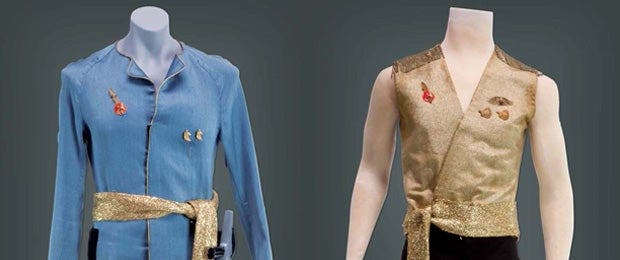
You’ve probably been at a convention, or a book event, or maybe even a cocktail party, where someone asked an author: “Where do you get your ideas?”It’s a legitimate question; we hear it a lot. And you’ve probably noticed that most authors provide a response along these lines: “Ideas come from anywhere and everywhere. Stories in the newspaper. An argument at the next table in the café. Memories of childhood. Ideas surround us. The hard part is in deciding which one to use.” That’s the nature of finding ideas for fiction. But while we do write fiction (Star Trek: Deep Space Nine—Lust’s Latinum Lost [And Found] and the upcoming Star Trek: Deep Space Nine—Rules of Accusation), we more often find ourselves writing nonfiction. And for that, there’s generally a different answer. It is:The phone rings.Really.

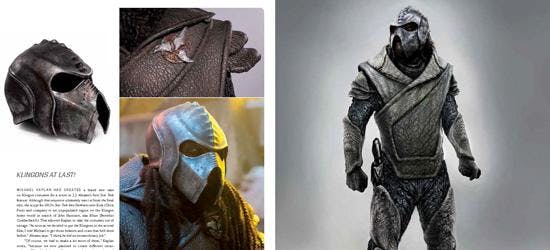
Oops.
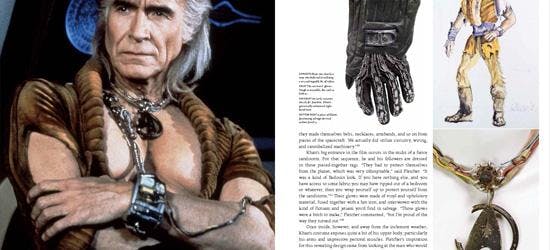
Thankfully, the auction house (Christie’s) allowed us to use their catalogue photography from that event. We managed to obtain some additional photography from an earlier Bonhams’ auction (which highlighted The Original Series’ designer Bill Theiss’s iconic creations). The libraries of the Academy of Motion Pictures Arts and Sciences and Harvard University provided costume sketches by designer Robert Fletcher (who re-imagined the look of Starfleet, the Klingon Empire, and Khan for the first four Star Trek films).
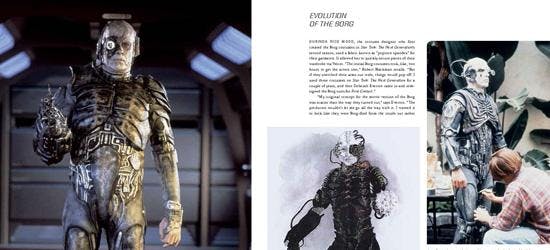
But as we made a list of the people we wanted to interview, we realized that there was a vital individual that we hadn’t yet tracked down: Robert Blackman, the designer who’d headed the Star Trek costume department for sixteen years. By sheer volume of work alone, Blackman is undoubtedly the most prolific contributor to the Star Trek couturial pantheon. We needed him! Unfortunately, following the demise of Star Trek: Enterprise in 2005, he’d gone on to other projects, and his location was difficult to pinpoint.But the Trek gods were, apparently, smiling down at us. A former Enterprise staffer tipped us off that Blackman was back on the Paramount lot — working on Glee, a lavish, costume-heavy TV show. By happy coincidence, he was set up in the same office space as he’d occupied for Star Trek. We hadn’t seen Bob in nine years, and we heard that he was incredibly busy working on the Glee finale. We couldn’t reach him by phone. So we ambushed him.
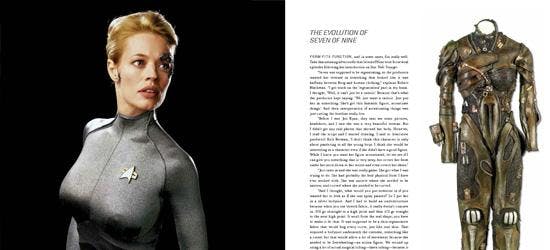
Yup. Walked into his office unannounced. Luckily, we’d interrupted him in much the same manner so often over the years (for other book projects), that he greeted us as old friends, and gave us what he assumed would be a few seconds to say “Hi.” But we jumped from “Hi” to an enthusiastic flood of information about this amazing costume book we were working on, and Bob began to light up. Those Star Trek years were, after all, a highpoint of his career. He leaned back in his office chair and started to tell us stories. We took notes. When we left his office nearly an hour later, we were armed with ideas, suggestions, and a commitment for an extended interview via phone. We were ecstatic—and quite relieved. There would have been quite a large hole in the book if we hadn’t been able to corral the most important person associated with wardrobe of The Next Generation, Deep Space Nine, Voyager and Enterprise.
We went on to contact dozens of other people: designers, actors, craftspeople. And in a last minute coup, we spent an hour on the phone with J.J. Abrams, director of the two most recent Star Trek films. Whoosh. All within (well, almost) our specified deadline.
We have few memories of last autumn; we spent most of it in our home office, occasionally taking breaks to eat and walk the dogs. Winter was dedicated to revisions and the arduous layout process. When Chris finally told us that the button had been pushed — that the contents of the book had been sent off to the printers — we could scarcely believe it.
As we sprawled in our La-Z-Boy recliners, finally able to breathe, we debated once again the wisdom of answering the phone.“I don’t want to do this again for a loooong time.”“Me neither. Why don’t we go someplace with no phone service?”“Oooh — how about —”And then the phone rang.
-----
Star Trek Costumes: Five Decades of Fashion From the Final Frontier will be out on October 20 from Insight Editions. Visit www.amazon.com to pre-order the book.
